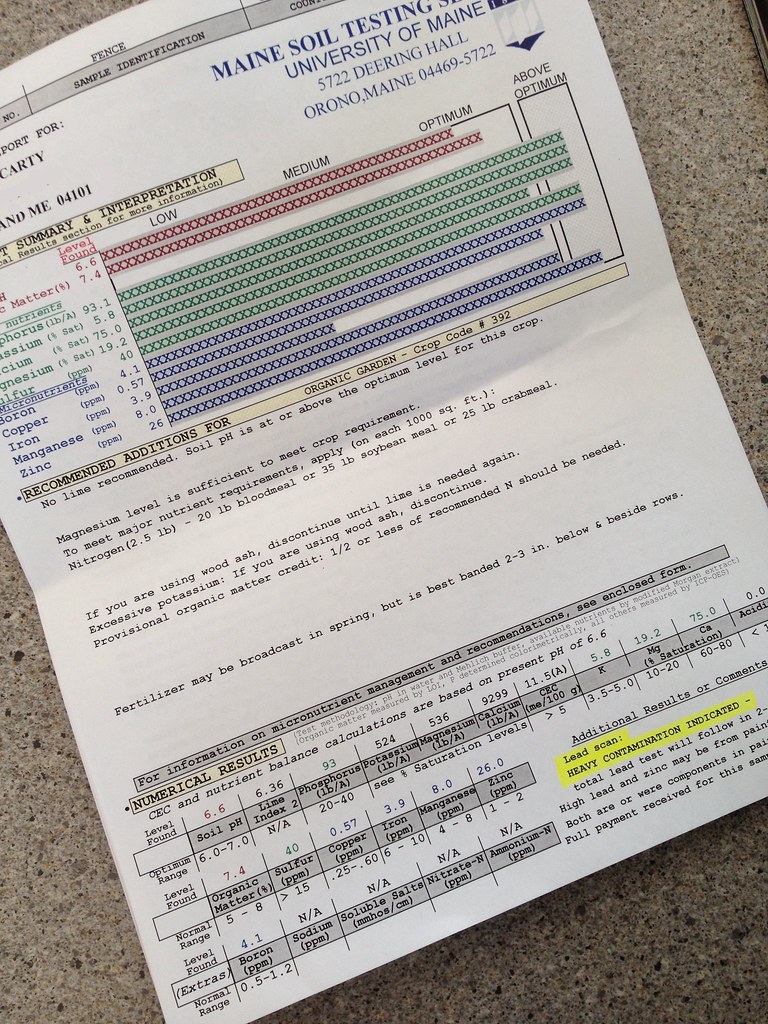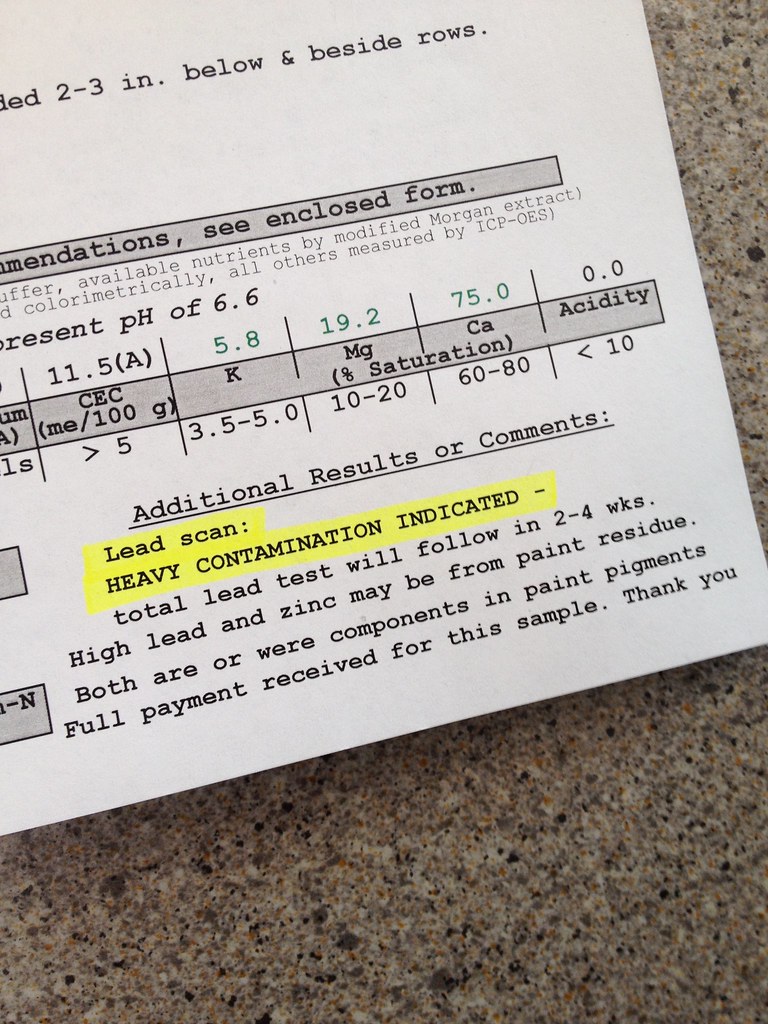Gardening is a natural progression from an interest in local food or home cooking. Maybe you're looking to increase your personal sustainability or want the pleasure of growing sun-ripened tomatoes right outside your door.
Whatever the reason, if you're at all interested in gardening, find a way to do it that works for your lifestyle. Maybe a plot in the local community garden (call now, there's a long waiting list for prime Portland spots). Maybe a small container on your balcony. If nothing else, find a friend with a garden and volunteer weeding in exchange for some tomatoes.
I live on the Portland peninsula and for the first time in the five years I've lived here, I had the pleasure of building my own raised bed garden. It wasn't cheap, but I decided to do it right, with good materials. In this process, it occurred to me that maybe many looking to garden in Portland aren't aware of the most crucial step in building your own garden bed. I wasn't until someone told me, and it seems so obvious that many don't talk about it.
Since I'm not from Maine, it didn't sink in right away that the houses up here are old - really old. And where there's old housing stock, there's lead paint. It can be safely assumed that all of the soil on the Portland peninsula has high lead contamination.
Did you know that the peninsula used to end at Fore Street? Everything from there to the water is backfill. After one of the many fires on Munjoy Hill, they simply scraped all the rubble downhill into the harbor and used it to build out the waterfront. In the half lot next to my building, a little digging reveals a lot of glass, slate, and brick, like there used to be another building there. My point is that very little of the Portland peninsula is naturally occurring soil.
To find out what's in your soil, you can test it through the University of Maine Cooperative Extension. They will test for lead, but again, if you live on the Portland peninsula or are looking to build a bed within five feet of your older house, you can assume you'll have to buy new soil.
Just to be sure, I tested a soil sample from an existing flower bed that I'm looking to turn into tomato central this spring. The soil test also tests for all the nutrients in the soil, so it's a valuable resource if you're also looking to amend your existing garden's soil.
Here are the results from my soil sample. You can see the nutrients tested for, the range of existing nutrients, and recommendations for amending the soil for my particular crop (I requested organic vegetables, hence the advice to add crabmeal, mmm... crabmeal).
So my soil looks pretty good for planting, but then lead came in and ruined my party. Yikes! I need all of my mental functioning - don't have any I can spare, thank you. So instead, I'll plan to remove the existing soil (coming your way, Garbage to Gardens!), line the bed, and replace it with a mixture of loam and compost. This might get expensive, so an alternative I'm considering is burying containers in the soil. Then I'll just get new soil around for the plants, avoiding any potential lead contamination.
I learned about lead contamination in Maine soils through the UMaine Extension Master Gardener program. The application period for this year's class is closed, but there is an interest list for next year's.



